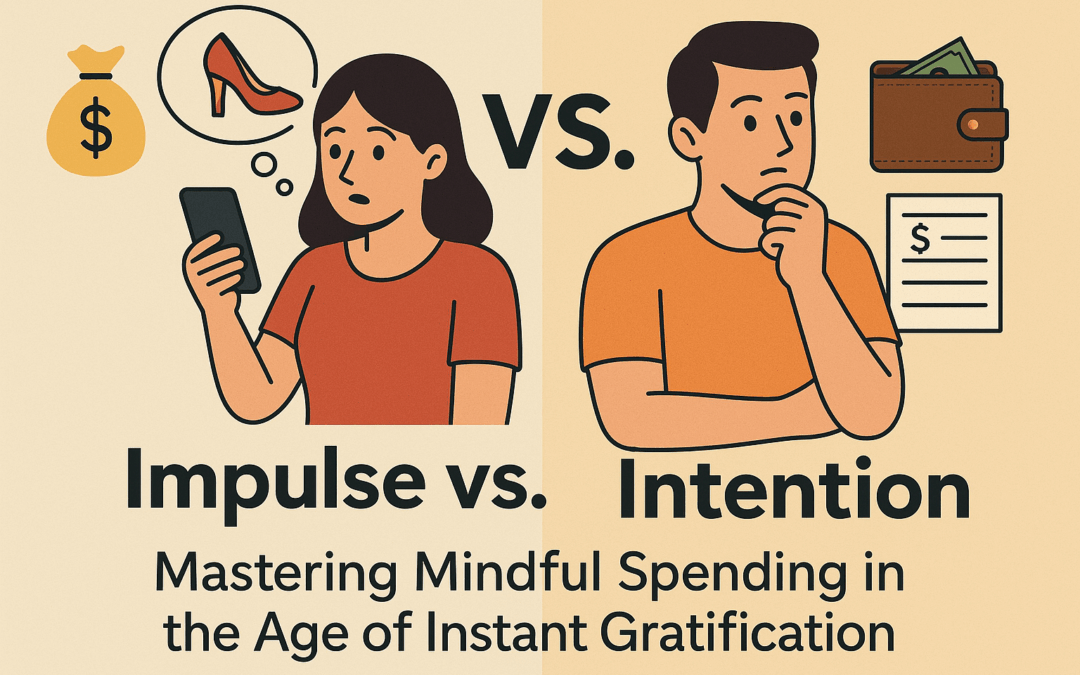Between tap-to-pay transactions and late-night online splurges, spending money has never been easier—or more mindless. But in an era where instant gratification is the norm, taking back control of your finances doesn’t mean giving up everything fun. It means learning to pause, reflect, and spend with intention. Here’s how to spot the traps, shift your habits, and build a financial routine that supports your values without feeling restrictive.
The Problem with “Buy Now, Think Later”

In a world of one-click checkouts and same-day delivery, the line between want and need has never been blurrier. Whether it’s a late-night scroll through shopping apps or a stress-fueled coffee run, impulse spending is easier—and more tempting—than ever. These small, frequent purchases can add up quickly, leaving many people wondering where their money went at the end of the month. But the solution isn’t about cutting out joy; it’s about learning to recognize the difference between unconscious habits and thoughtful choices.
What Triggers Impulse Spending?

Impulse buys often aren’t random—they’re reactions. Emotional states like boredom, stress, or even celebration can push us to spend for the dopamine hit rather than actual necessity. Digital marketing plays a role too: algorithms feed us hyper-targeted ads designed to trigger FOMO (fear of missing out) or urgency with tactics like limited-time deals and flash sales. Recognizing these emotional and environmental triggers is the first step toward reclaiming control.
The Power of Pause

One of the simplest tools to counter impulse spending is a moment of pause. Creating a personal “cooling-off” rule—like waiting 24 hours before making a non-essential purchase—can be surprisingly effective. This buffer period allows you to evaluate whether the item aligns with your needs, values, and budget. Many people find that after the pause, the urge passes—and their wallet is better for it.
Building Intentional Habits
Mindful spending isn’t about saying “no” to everything—it’s about saying “yes” to what truly matters. Start by setting spending goals that reflect your values, whether it’s saving for travel, paying off debt, or supporting local businesses. Track your purchases to build awareness, and review them weekly to spot patterns. Even small rituals, like using a dedicated card for fun money or unsubscribing from marketing emails, can help reinforce intentional habits.
Finding Joy in Spending—Without the Guilt

Intentional spending doesn’t mean you have to give up the things you love. In fact, it often means enjoying them more. When you choose purchases mindfully, you eliminate the guilt that comes with impulsive spending. Whether it’s treating yourself to a special dinner or upgrading your workspace, the key is ensuring your choices are aligned with your goals and values—so your money supports the life you want, not just fleeting feelings.

